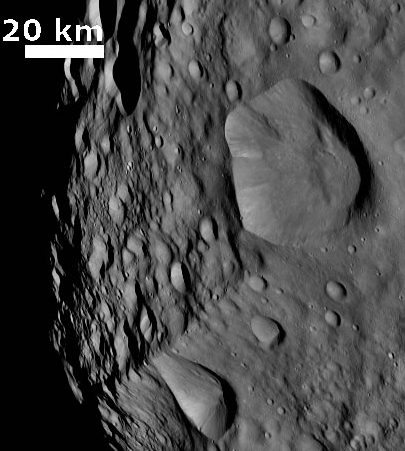American manned space: dependent on the Russians in more ways than you think
American manned space: dependent on the Russians in more ways than you think.
As commentators from around the country gnash their teeth at U.S. dependence upon Russia to move cargo and astronauts to the mostly U.S. built/funded International Space Station (ISS), they’ve missed the bigger boat: With one exception, all the commercial spaceflight offerings currently in the works have Soviet or Russian engines as a key part of the rockets involved.
American manned space: dependent on the Russians in more ways than you think.
As commentators from around the country gnash their teeth at U.S. dependence upon Russia to move cargo and astronauts to the mostly U.S. built/funded International Space Station (ISS), they’ve missed the bigger boat: With one exception, all the commercial spaceflight offerings currently in the works have Soviet or Russian engines as a key part of the rockets involved.

